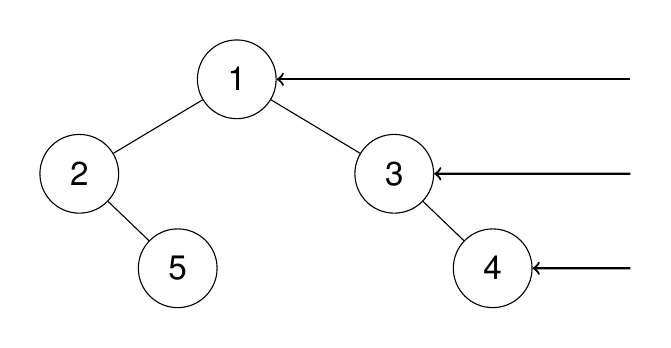Q:
Given an integer n, return the number of prime numbers that are strictly less than n.
Example 1:
Input: n = 10 Output: 4 Explanation: There are 4 prime numbers less than 10, they are 2, 3, 5, 7.
Example 2:
Input: n = 0 Output: 0
Example 3:
Input: n = 1 Output: 0
Constraints:
0 <= n <= 5 * 106
A:
*****************用筛法*********************
- Time complexity: O(n log log n)
class Solution {public:int countPrimes(int n) {vector<bool> M(n,true); // M[i] means, if value i is prime numberint count = 0;for(int i =2;i<n;i++){if(M[i]){++count;int nextCount = i+i;while(nextCount<n){M[nextCount] = false;nextCount += i;}}}return count;}};
Mistakes:
最新的,需要考虑 n <=0 的情况。 艹。 之前没有的
bool A[n+1]; // n is not included 有些时候,C++不会将其设为默认值。i.e. 会有error:

